How Restaurant Demand Bolsters Retail
With restaurant sales growth eclipsing retail sales growth, eateries are evolving and finding creative new ways to use their space.
The restaurant industry is in growth mode and it’s undergoing an evolution, both of which will have a notable impact on the retail real estate sector, according CBRE’s new report, U.S. Food in Demand Series: Restaurants.
“Regardless of the size or type of operator, every player in the industry is facing similar challenges to meet the demand of the evolving consumer,” Andres Rodriguez, a retail research analyst with CBRE, told Commercial Property Executive. “Restaurants across the board are having to respond rapidly to an increase in consumer spending, demand for delivery, as well as a demand for experience which has been enabled by technology like table-side ordering systems, kiosks and mobile apps.”
READ ALSO: Brick and Mortar Stays Vital: Colliers
CBRE’s research yielded eight predictions for the retail industry, and the changes will affect various facets of retail real estate, ranging from space needs to the size and appearance of eateries. For starters, CBRE forecasts that restaurant sales growth, buoyed by consumer demand and rising prices, will continue to outpace retail sales growth. With demand for restaurant space going on the upswing at a time when there’s no substantial increase in supply, more restaurants are taking anchor tenant positions, serving as a magnet at retail properties, and landlords are transforming a higher percentage of gross leasable areas into options for food-and-beverage businesses. The result: Higher occupancy levels and increased rental rates.
The new drive-thru
As noted in the report, delivery is now considered the new drive-thru in the restaurant industry. CBRE expects restaurants to persist in their bid to refine solutions to delivery challenges, resulting in an adjustment in restaurant formats and layouts to better accommodate pickup and delivery. “Expect delivery orders to be received and delivered from a separate area of the restaurant/kitchen and more restaurants to leverage ghost kitchens,” Rodriguez said. “Restaurant owners will use these models to ensure that the in-store dining experience is not compromised.”
Additionally, CBRE anticipates that delivery-only restaurants will become the primary growth vehicle for meal-delivery platforms. The advent of these virtual restaurants, or ghost kitchens, is sparking tenancy in secondary retail space and industrial space, as well as the reuse of vacant space in shopping centers. Furthermore, CBRE foresees restaurant operators increasing investment in consumer-facing and back-of-house technology to mitigate rising costs, and as more restaurants rely on technology, the physical layouts of eateries will undergo alteration.
Taste progression
Change is in store for fast food in the restaurant arena. CBRE projects lower barriers to entry for regional chains and startup fast-casual concepts, as retail property owners pursue new and unique users to absorb excess square footage. Also, the firm expects the fast-food sector to further embrace healthy food options and increase the prevalence of such eateries in low-income neighborhoods, marking a significant opportunity to leverage existing store portfolios.
Per the report, there’s also change afoot for operators of eatertainment destinations, also known as experience-rich recreation and dining options. Eatertainment operators are opening smaller, high-tech versions of their stores in urban areas, where space for their traditional large-footprint models is less accessible. Finally, CBRE predicts that diverse food halls, more common in high-traffic urban environments, will increase their presence in suburban markets, setting up shop in retail space in malls, hotels and mixed-use projects across the country.

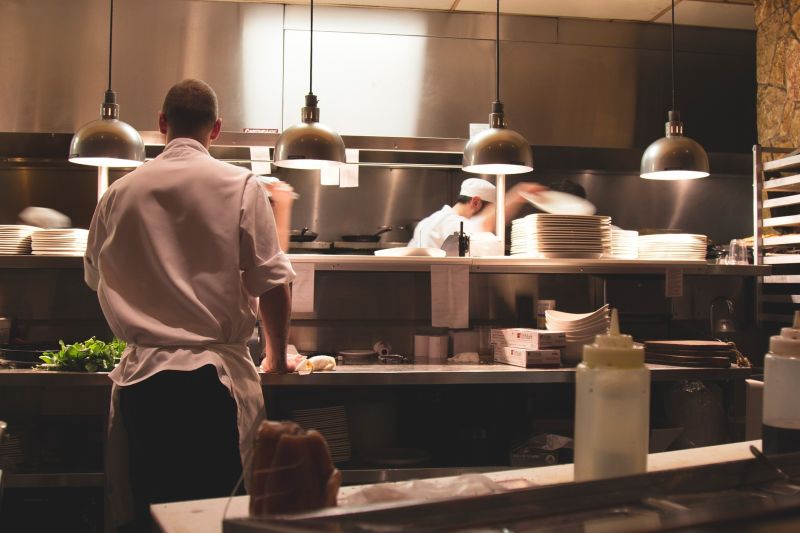
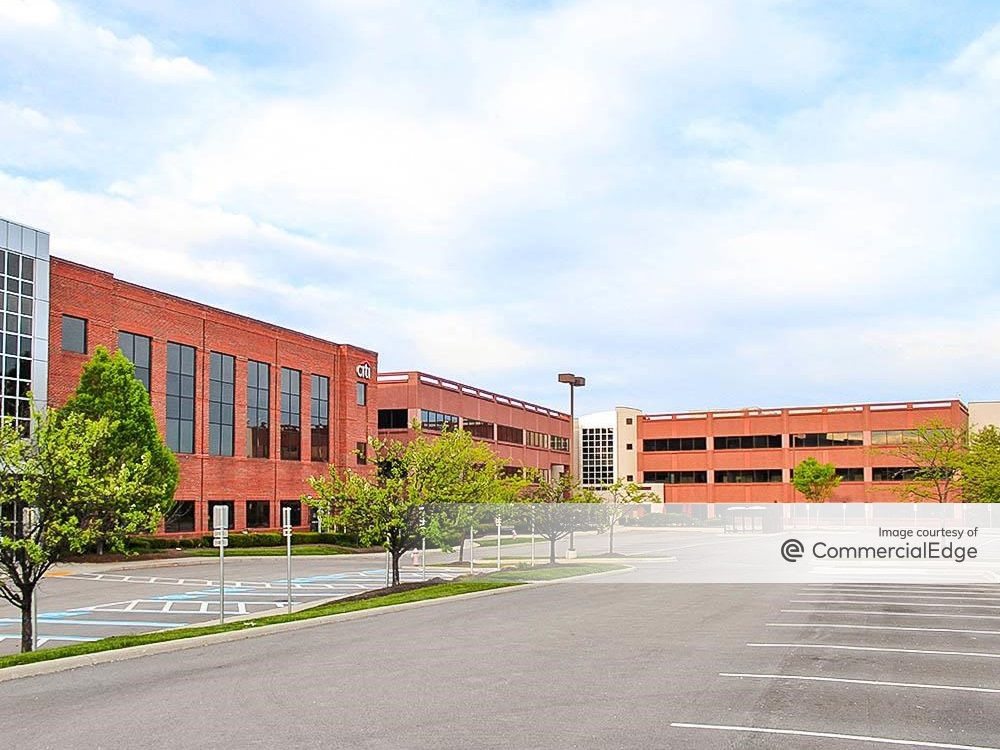

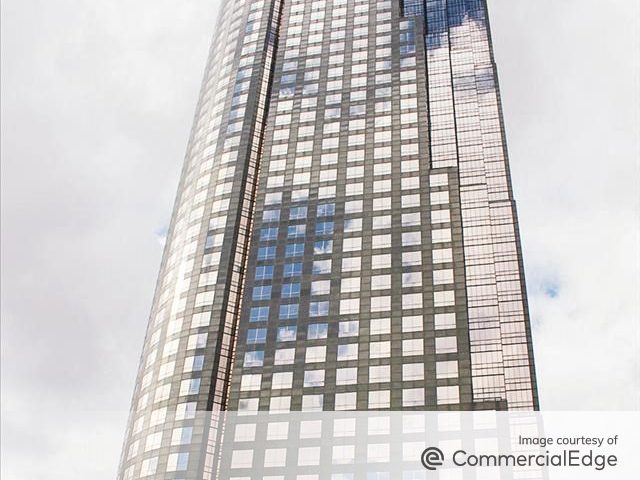
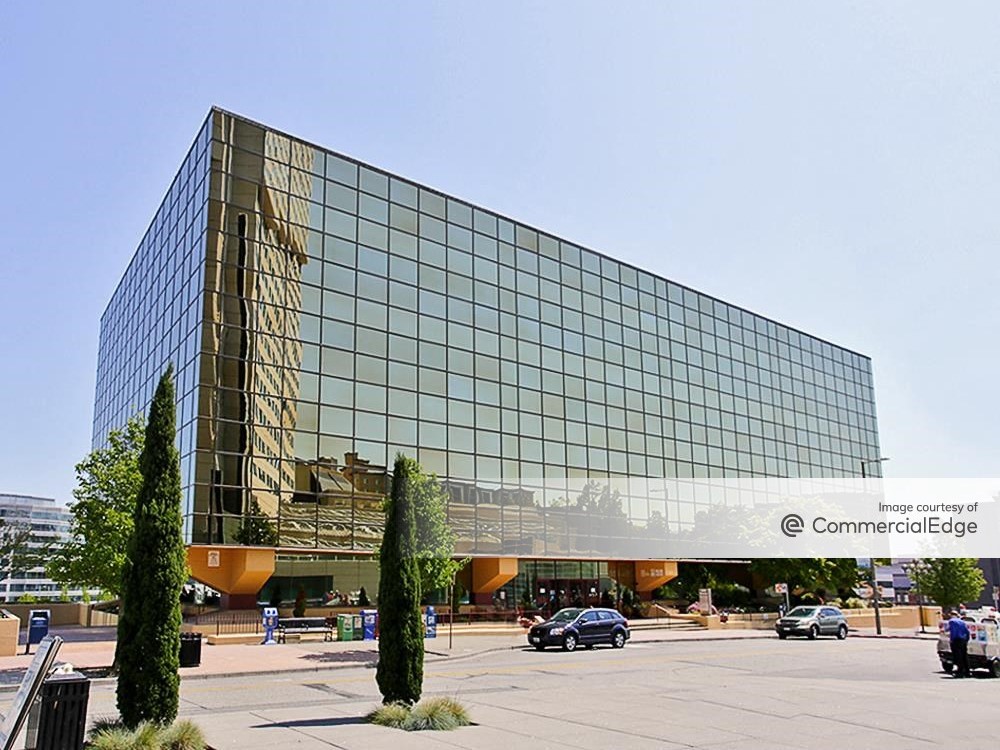
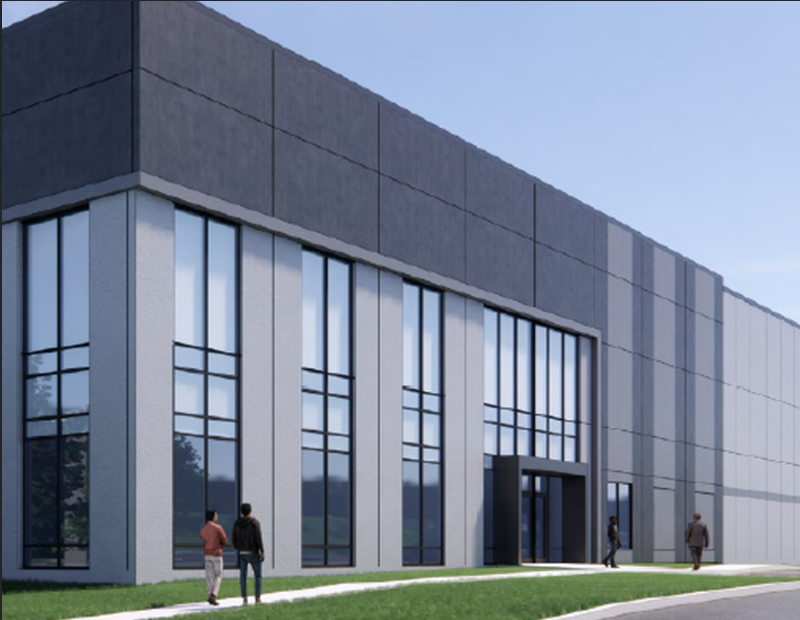
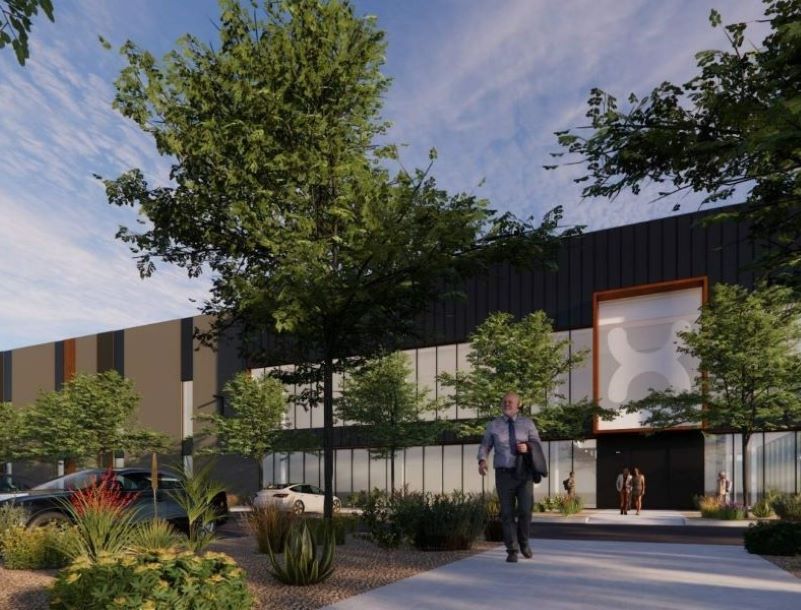
You must be logged in to post a comment.